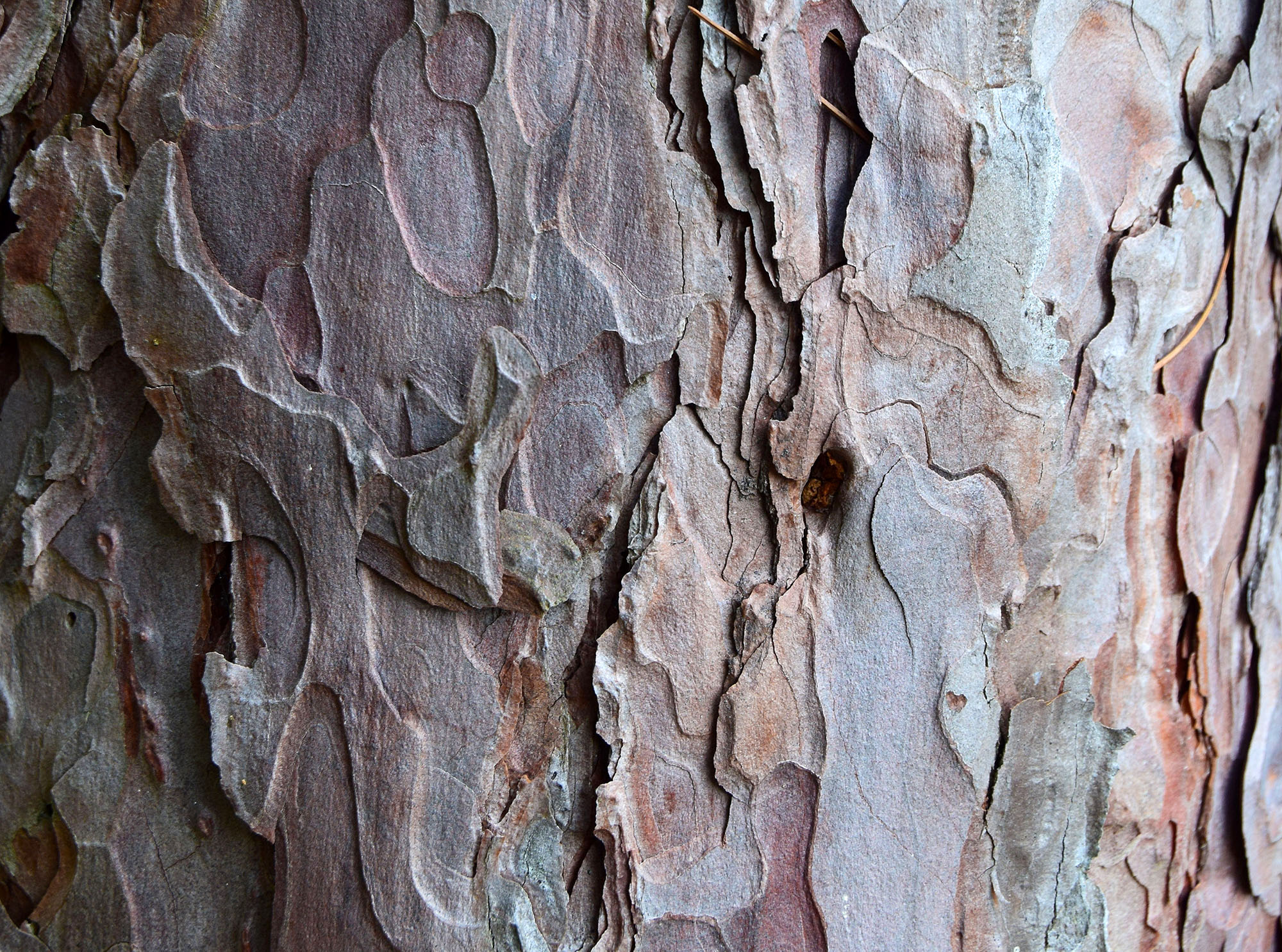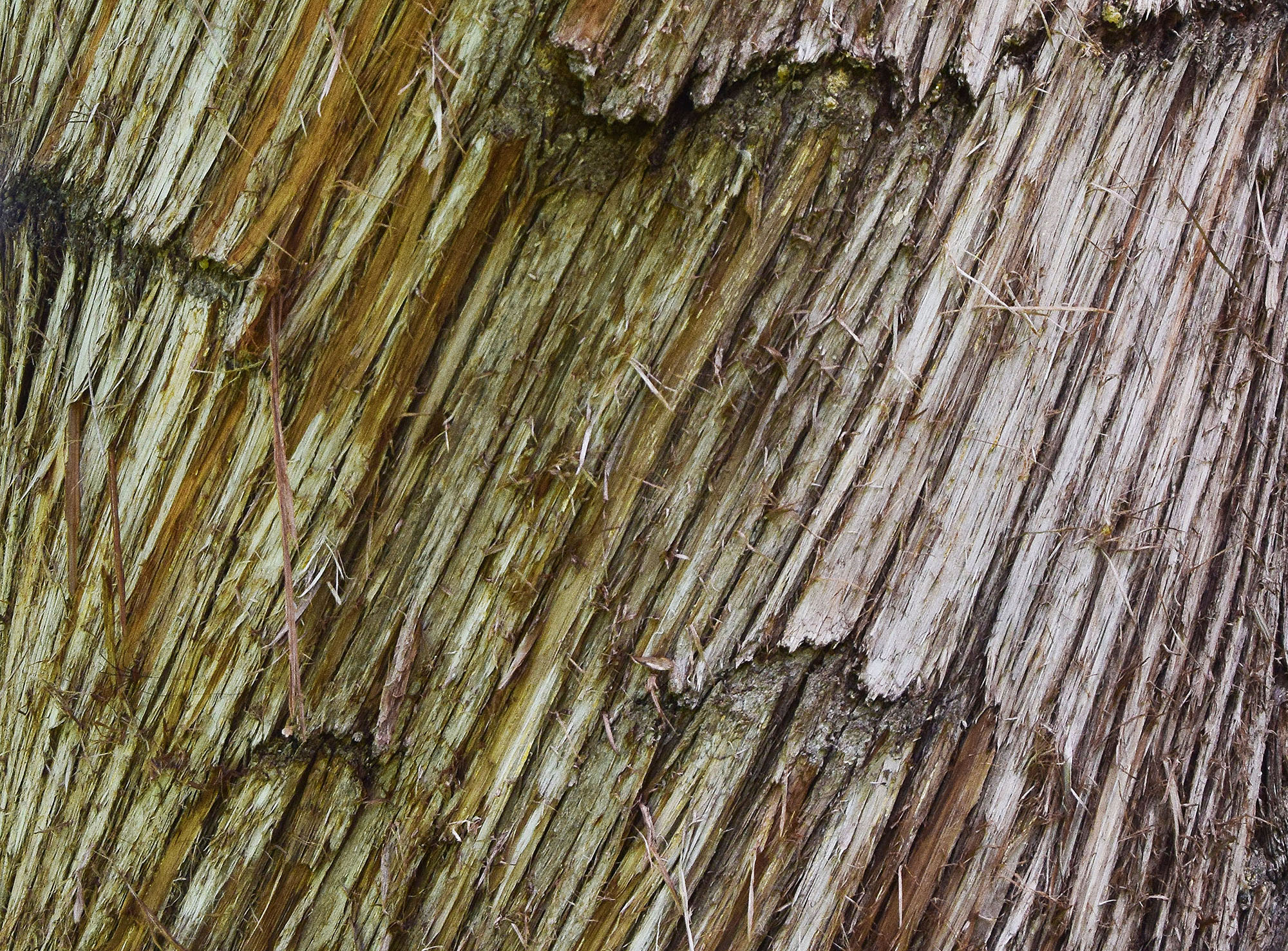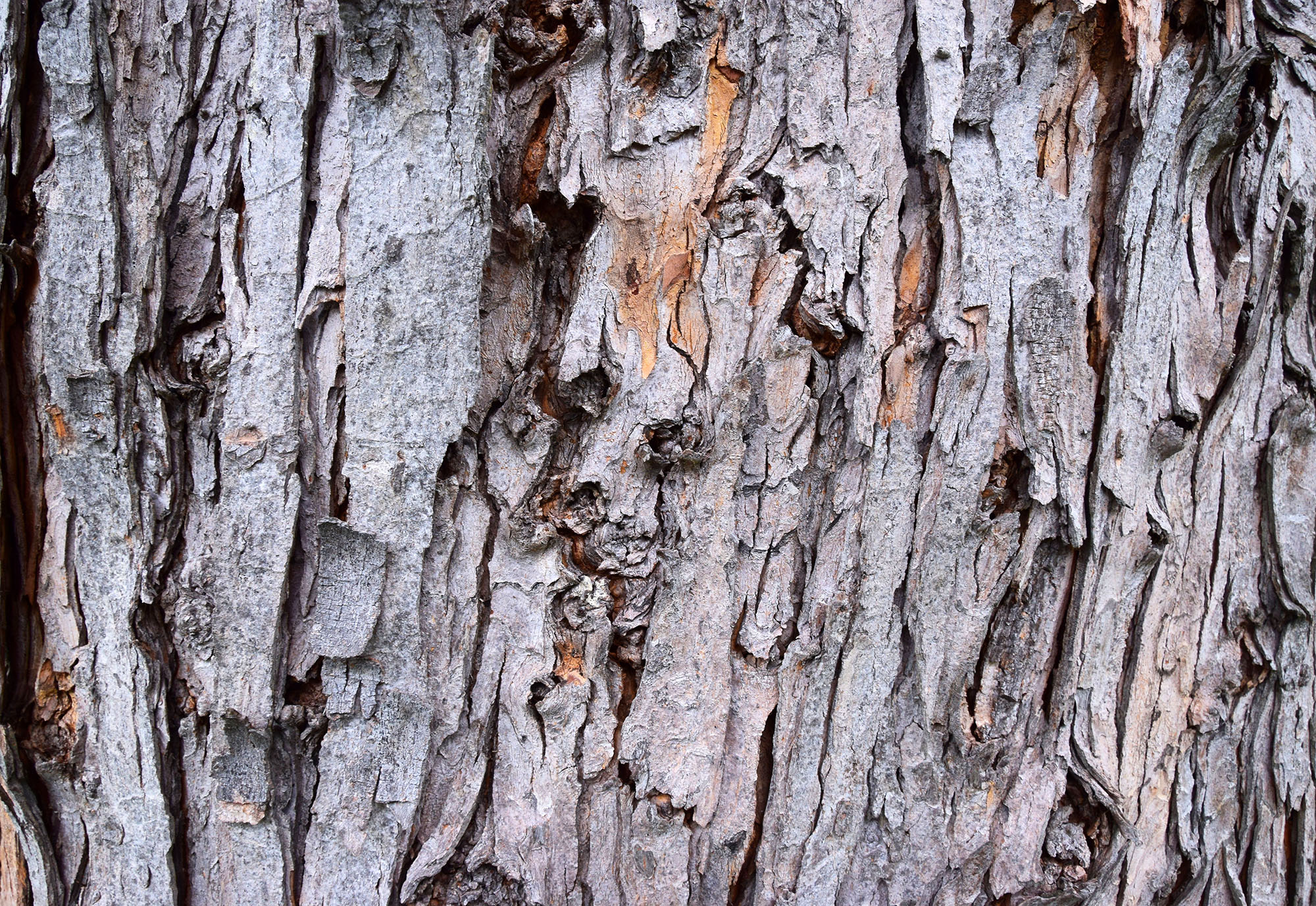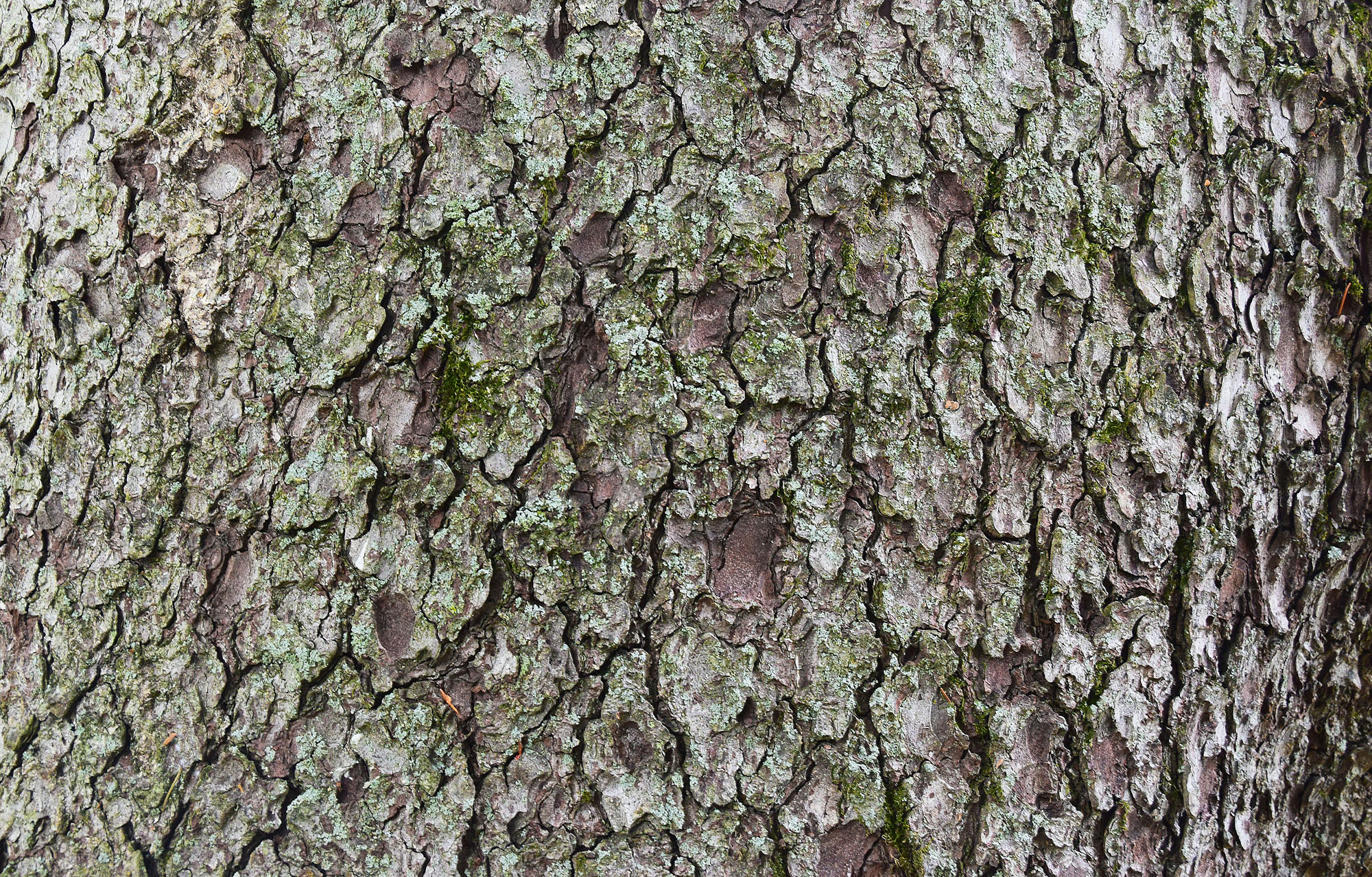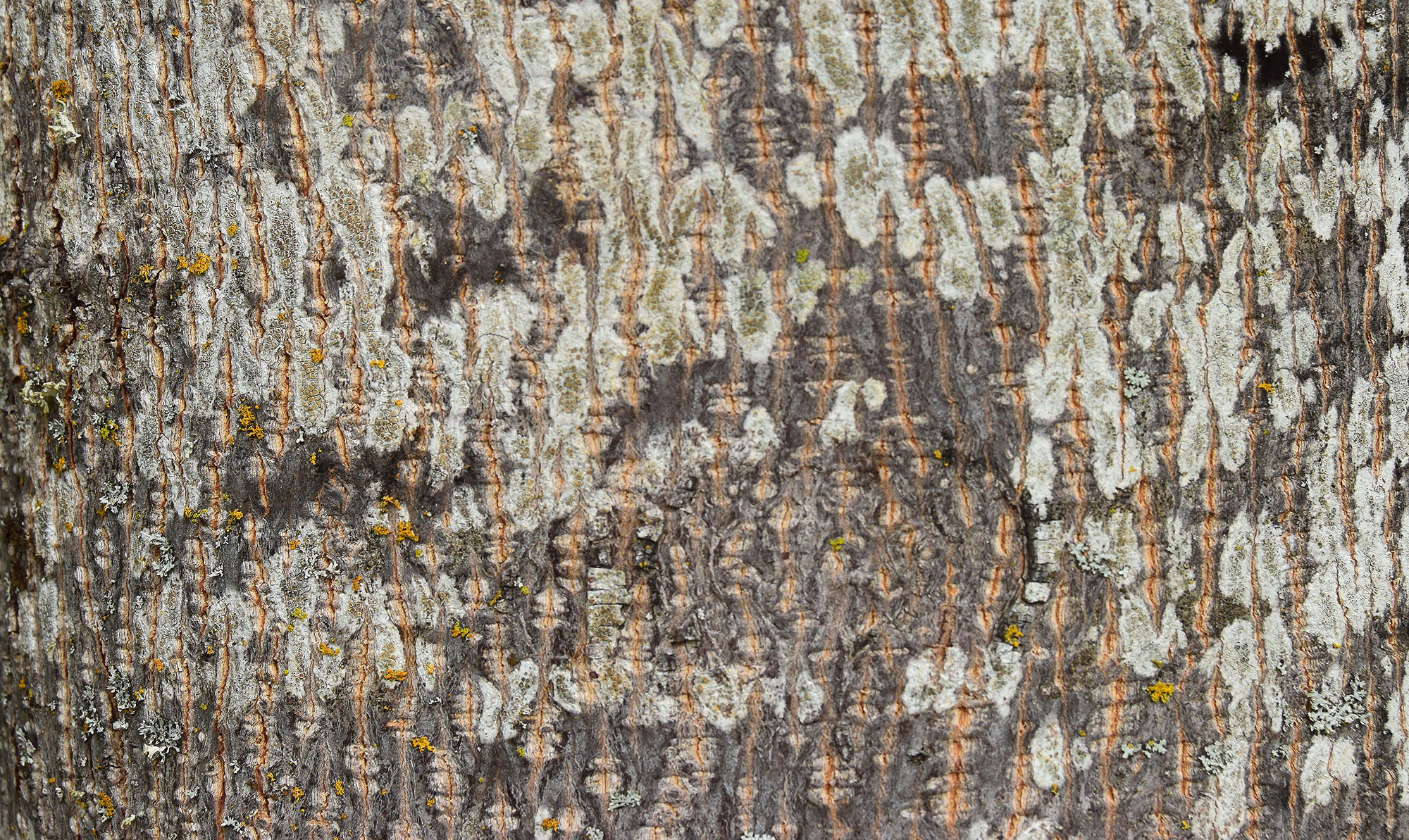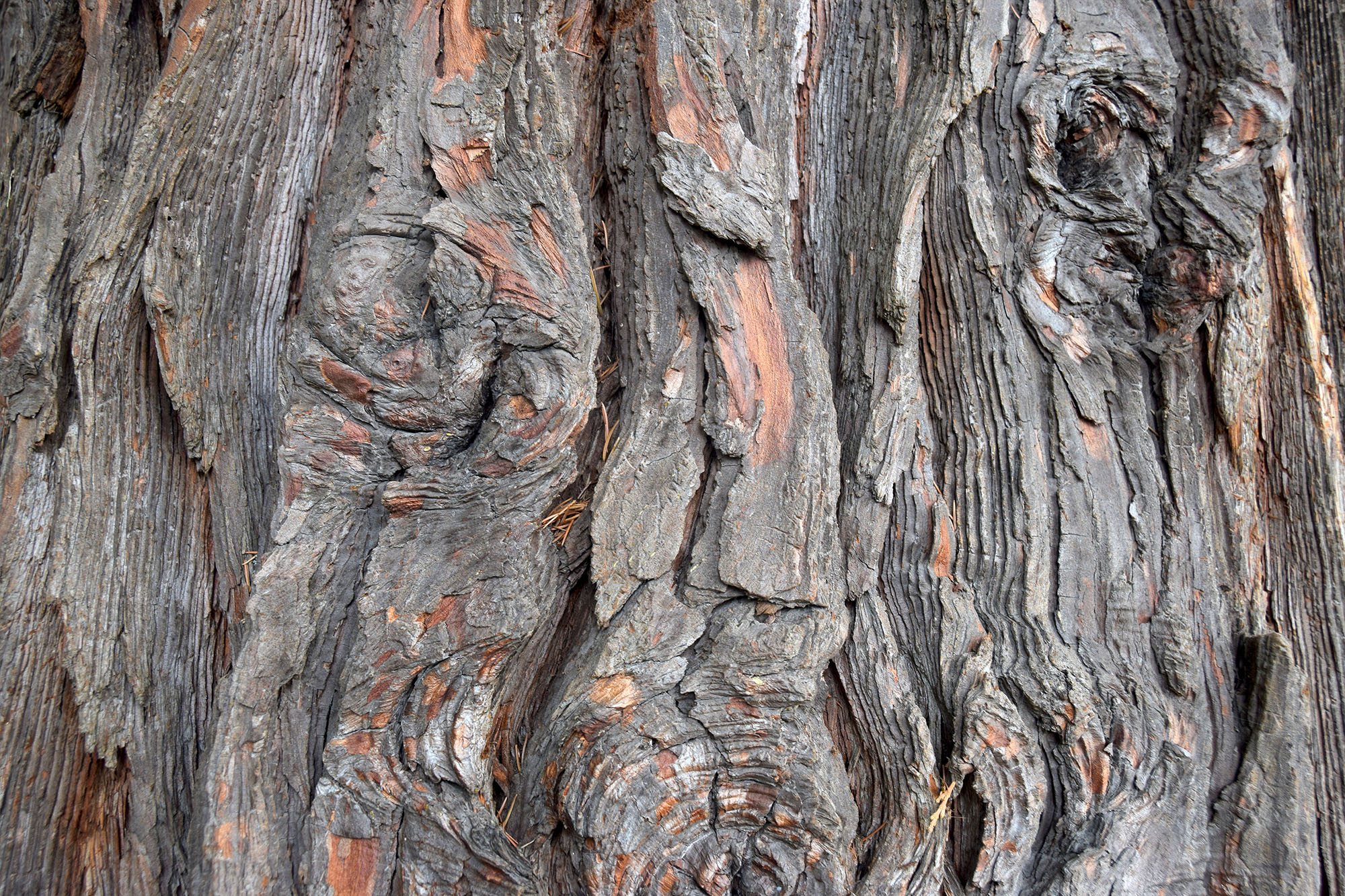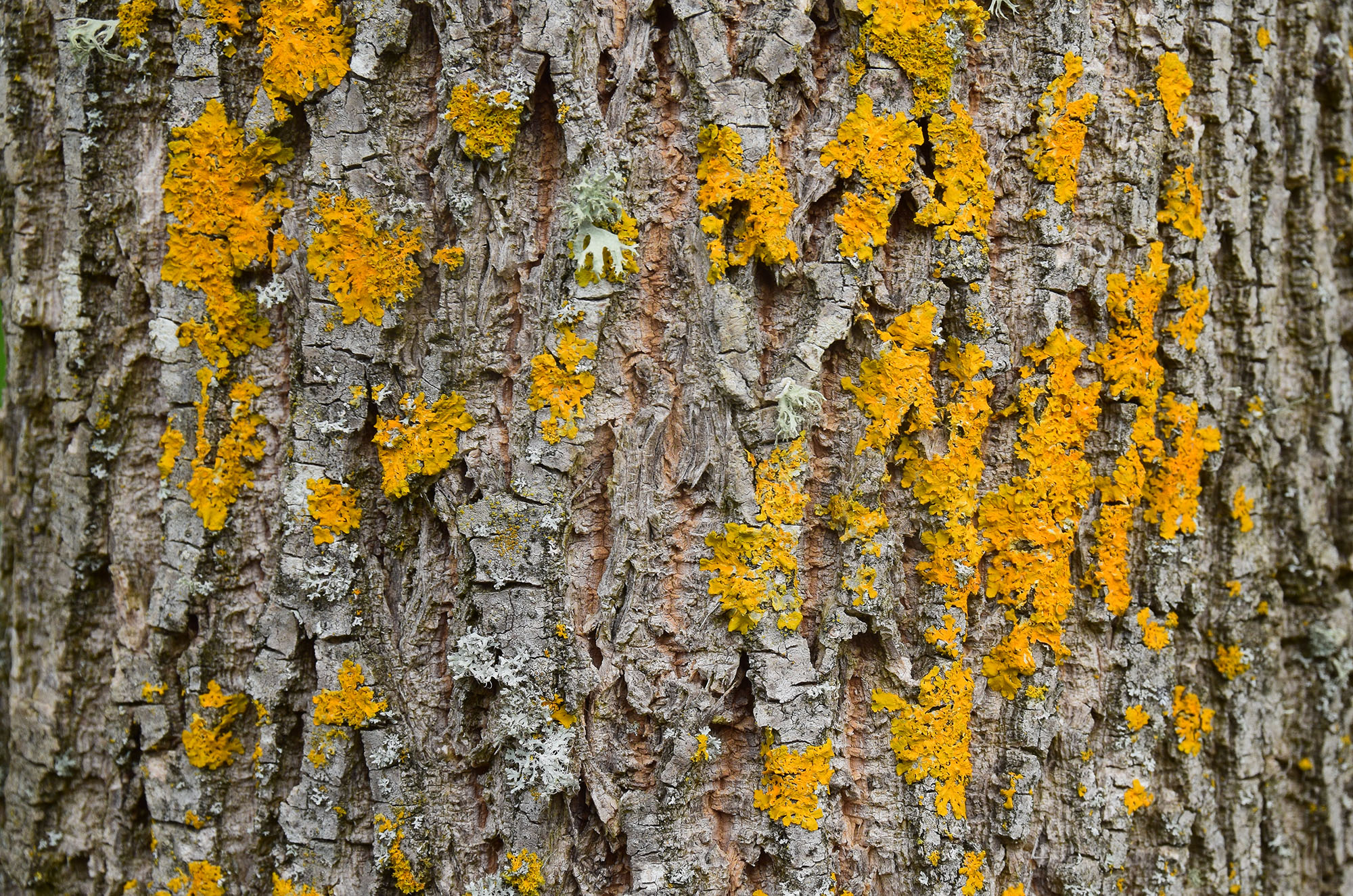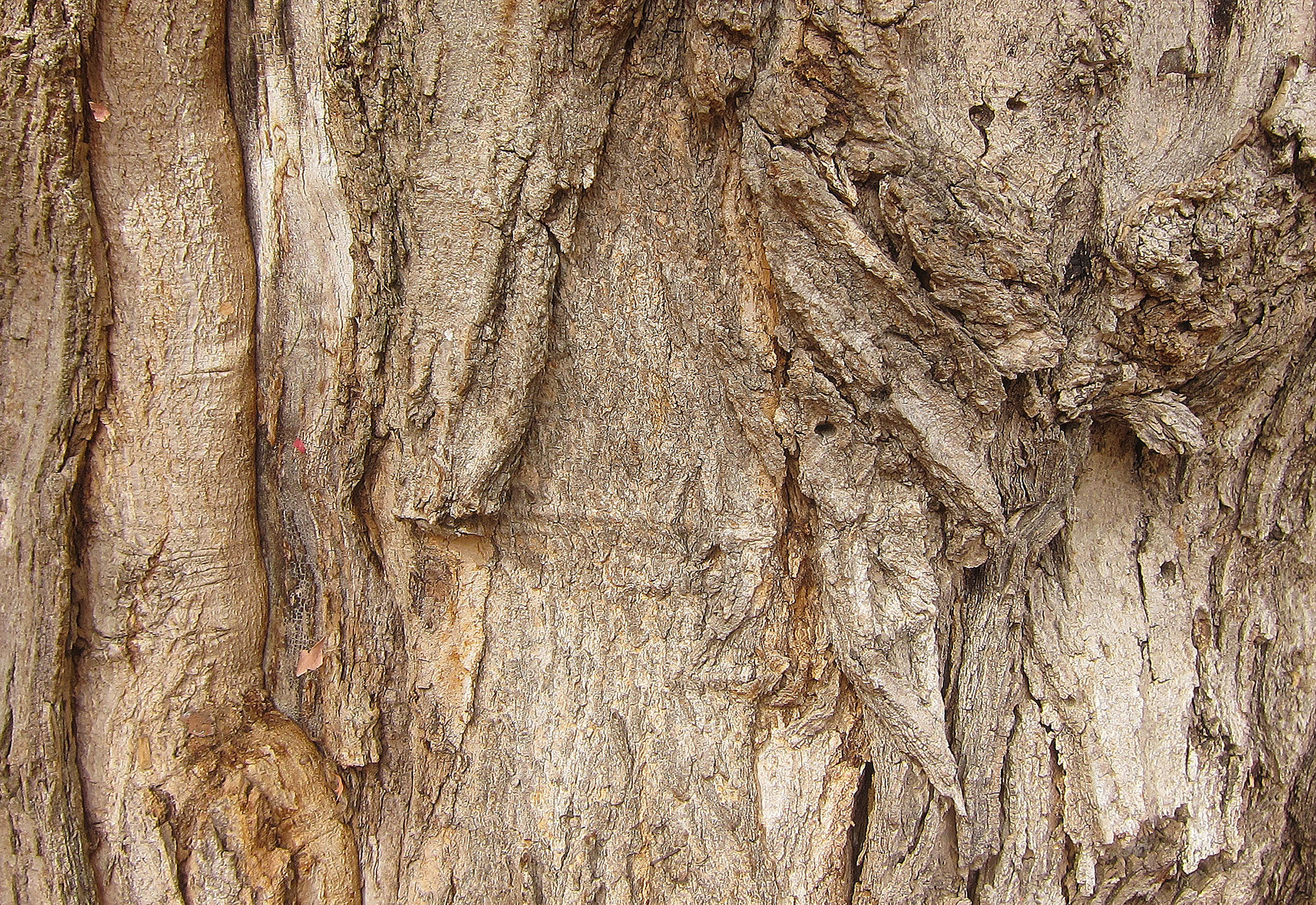
Arboretum Collections of Trees for Study


Arboretum Objectives
- Provide examples of different types of arboretums including the functions they serve.
- Identify different parts of a cross-section of a tree stem and provide examples of different types of wood.
- Distinguish between different structures used to classify trees.
An arboretum is a collection of trees that can be grown for research, educational, and/or recreational purposes.
If you are driving south on I-5 between Portland and Corvallis, a highlight is the “Grove of the States” collection of trees located at the French Prairie Rest Area. Besides the usual restrooms and occasional free coffee, there are state trees from most of the 50 states.
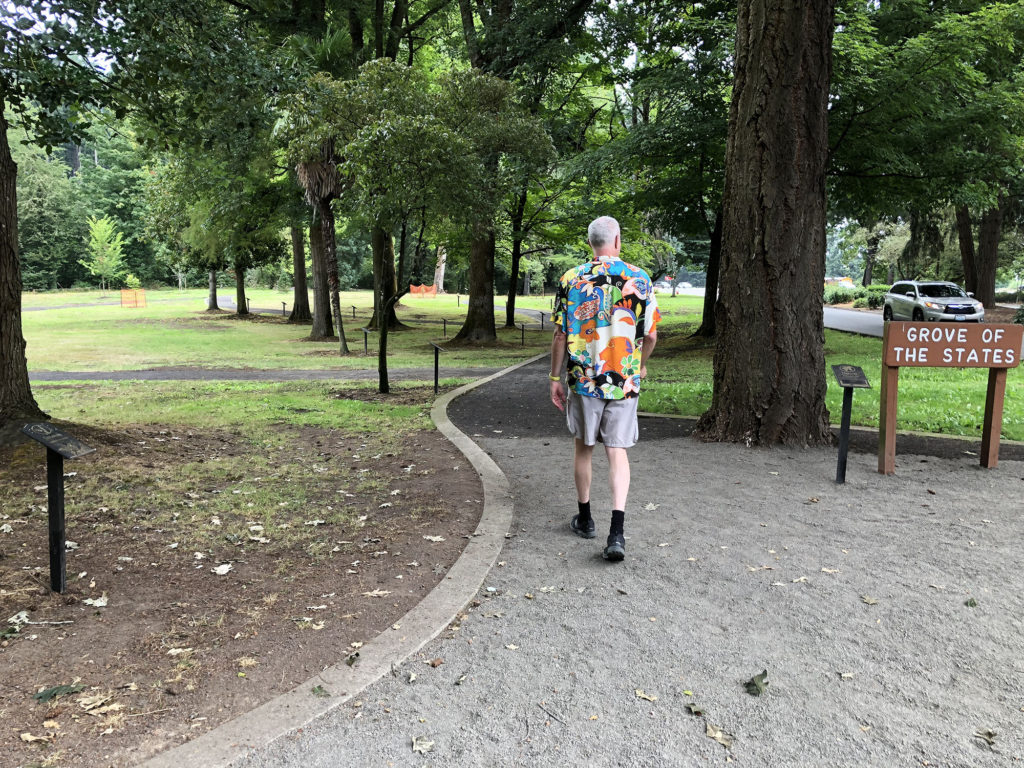
Not all of the trees have made it; their climate requirements are not matched with the valley. But there are plenty of large established trees. It is surprising to see the trees that are shared by several states like white oak, red oak, and tulip trees.
Portland has Hoyt Arboretum, an impressive array of trees and picnic areas along trails close to downtown and accessible by mass transit. The arboretum programs emphasize youth education.

Just north of Corvallis is Peavy Arboretum and the McDonald Forest. This includes experimental plots used by researchers at Oregon State University.
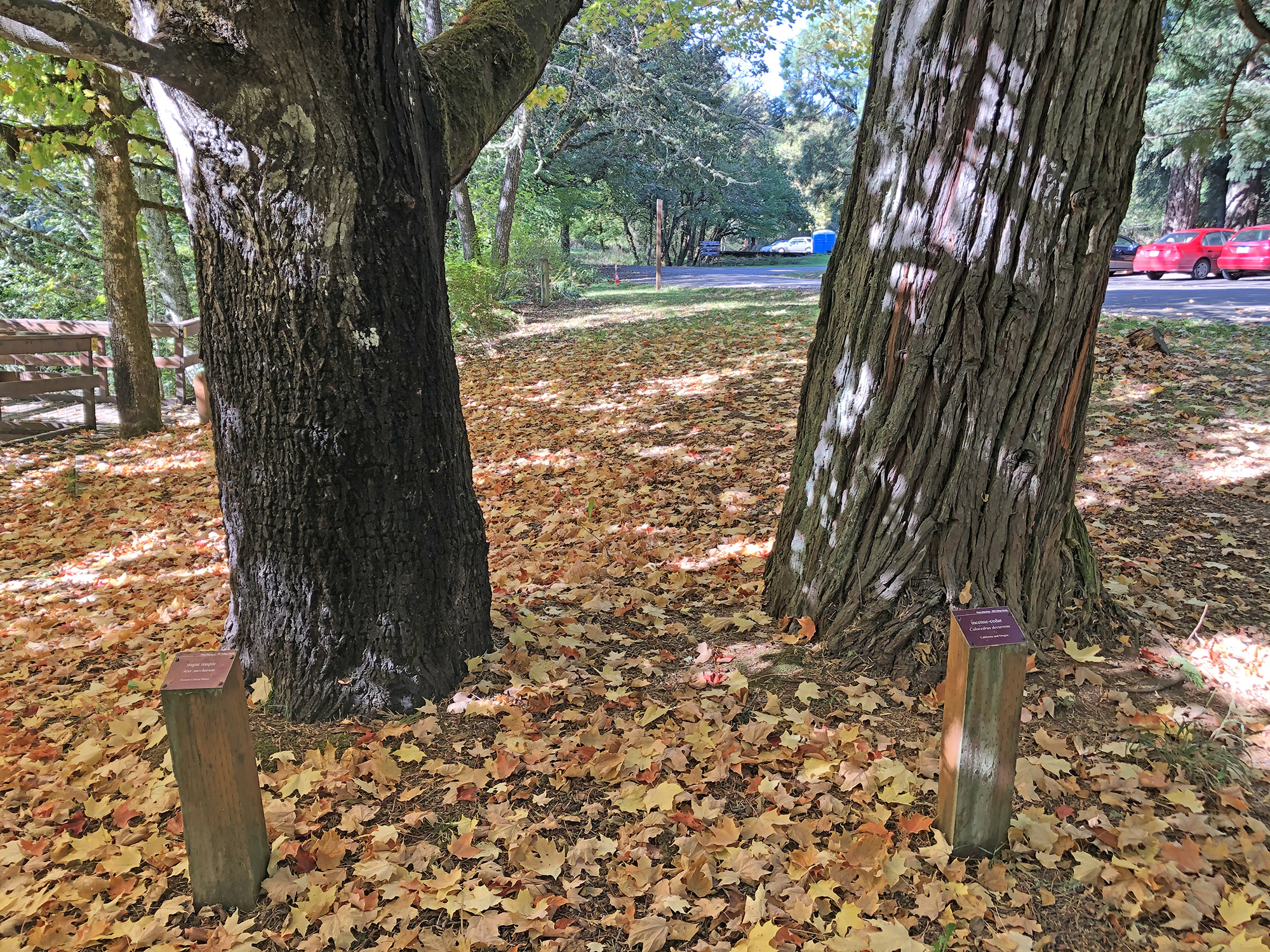
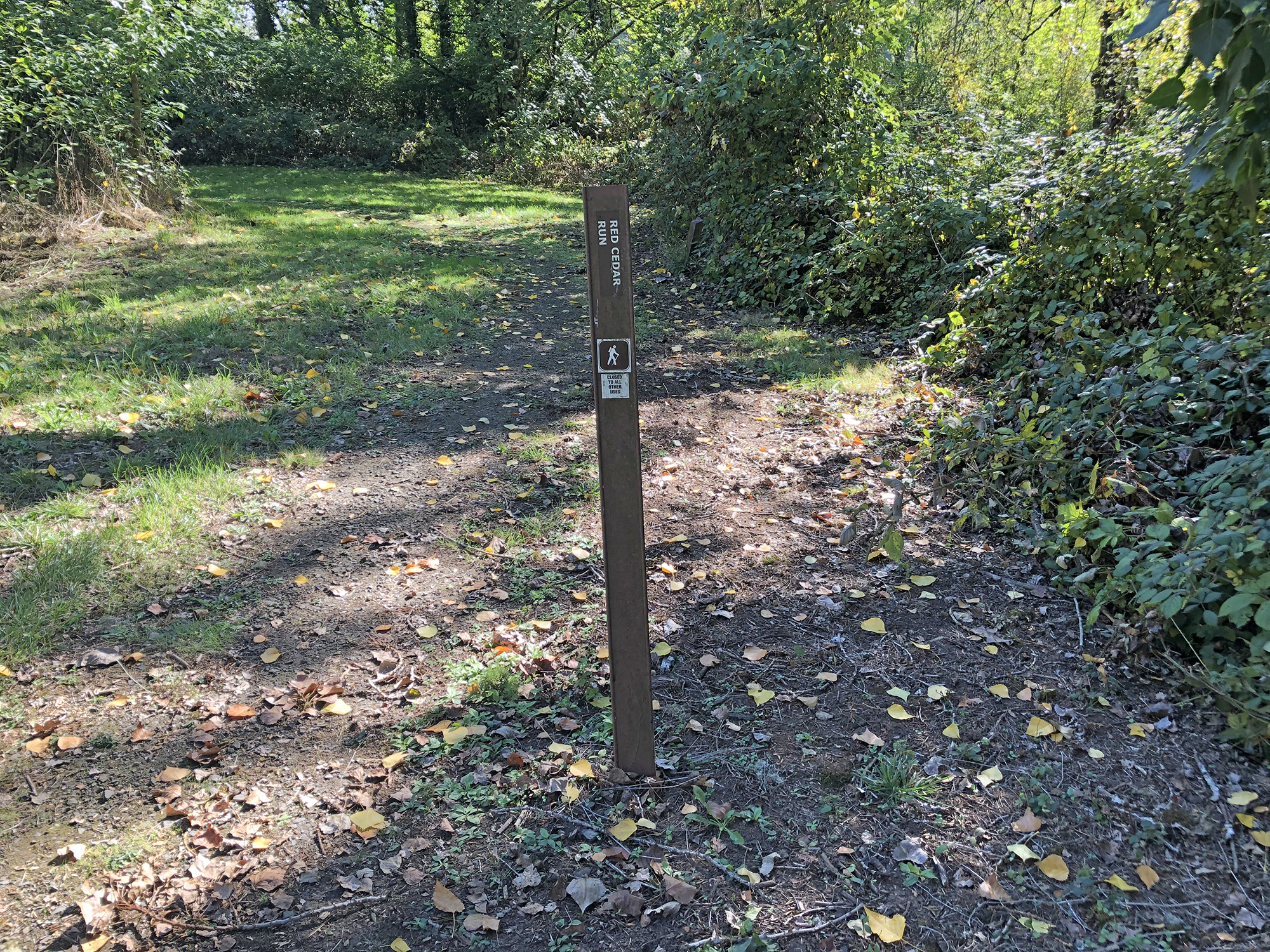
All of these arboretums highlight the environmental, cultural, and economic significance of trees. Earlier in the course we talked about trees in the context of forests and identified different types of coniferous trees.
Think of a “tree.”
What comes to mind? This video gets us thinking about what we already know about trees before adding in new information.
From earlier in the course, trees are vascular plants that are either gymnosperms (“naked” seeds often in cones) or angiosperms (seeds in fruit that developed from flower ovaries). Provide an example of a gymnosperm tree and an angiosperm tree.
Tree Anatomy
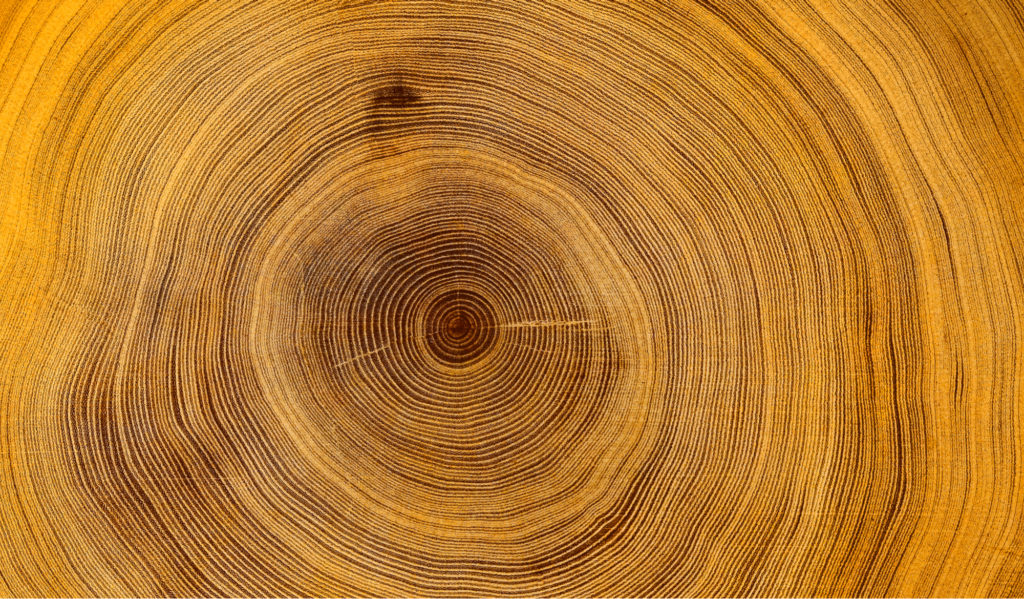
If you cut through the woody stem of a tree, there are clearly visible zones.
Heartwood (center) consists of dead cells in the center (“heart”) of the stem. The surrounding layer, which is generally lighter in color, is the sapwood, which consists of living xylem cells that transport water and minerals from the roots to the leaves. This layer is surrounded by the cork cambium, which includes the phloem, cells that transport sugar from the leaves to the roots, as well as bark which protects the entire stem.
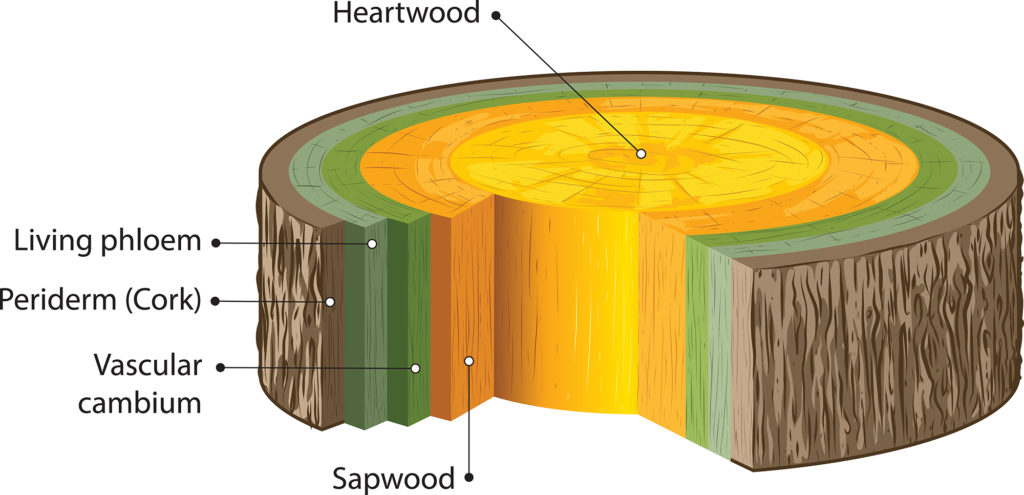
Spring rain produces wide light-colored areas of tree rings called earlywood (springwood). When the growth rate slows in the fall and winter, the darker narrower areas of tree rings are formed. This is called the latewood (summerwood). So, one annual ring typically has both a light springwood area, and a darker summerwood area.
All of the “-wood” ending names can be confusing. This specimen box may clear this up.
A tree round, the cross-section of a woody tree stem, can tell a story of that tree’s growth history.
Economic Use of Trees
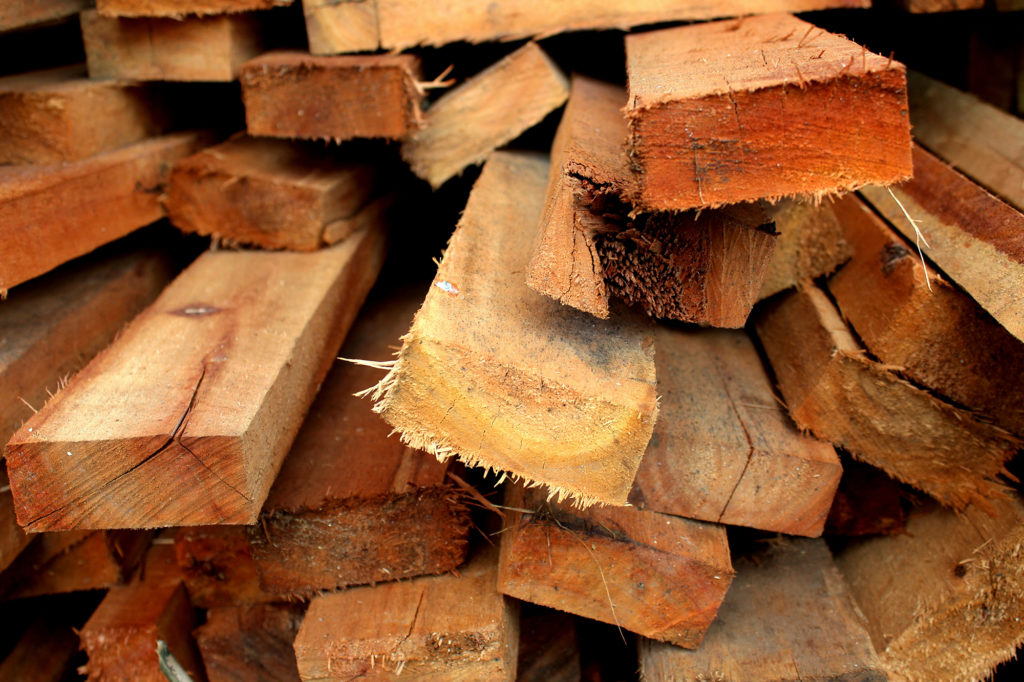
Softwood
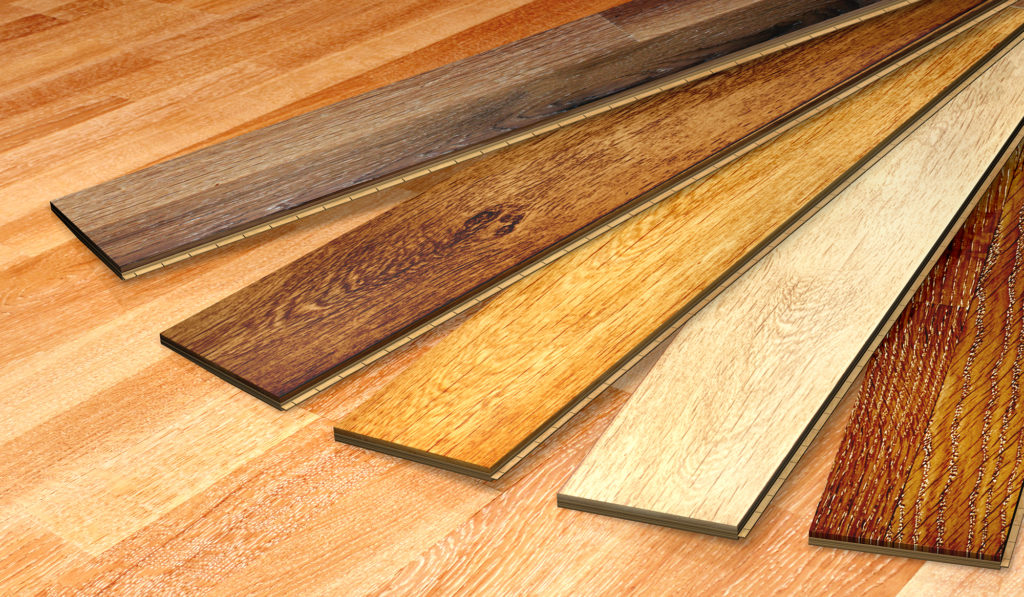
Hardwood
Identification
Trees can be classified based on many different characteristics, including overall shape, size, bark, wood, and leaves.
Bark can be used in tree identification. Some species like cork trees of the Mediterranean have very distinct barks.
Birch tree bark has large horizontal lenticels and an otherwise smooth surface.
Most of our interactions with trees is with the wood in our homes. Wood colors and grain patterns can be used to identify trees.
Start this Guide’s Media Piece Here
Long-Term Habitat Study
For this assignment you are developing a study of a habitat that you could carry out over many years, even decades. Select a habitat you could return to again and again. It could be relatively un-impacted by human activity like a wilderness area, something that is easily accessible like a city park, or even something human-made like an arboretum. The point is to watch nature change over time in expected and unexpected ways. It can be a habitat you impact, like volunteering to maintain trails, or one that you watch without intervention. It could be somewhere you take people to, or something that is just yours to study.
Include the following in your media piece:
(1) First, select a habitat. Describe the habitat, explain why you have selected this habitat, and state how often you plan to return.
(2) Next, predict the changes you expect to occur over different time intervals. For example, changes in organisms and/or environmental conditions you would expect to see next year, in five years, and in a decade. These could be natural or human-induced changes and they can be small-scale or large scale. You will be looking back some day to see how accurate your predictions were.
(3) Then, explain how you will collect data on these changes so you do not forget what you have observed from one time interval to the next.

Questions to consider: how will you observe changes? Will you take photos, journal your thoughts, and/or make a video with you in it so you can also observe how you change as well? Do you expect to see succession, with the community of organisms changing over time? What kind of disturbances could occur? What organisms do you think you will see more of or fewer of? How will you be impacted if this habitat disappears or changes significantly over time?
This media piece is a perfect fit for your portfolio so you can reference it in the future. Depending on how you develop this piece, it could possibly slot into Environmental Biology Concepts (observing succession over time), Environmental Biology Skills (describing a habitat in detail over time), or even Environmental Biology Connections (an art piece).
Your long-term study could include something that appears in a location every so often. For example, these fungi species send up reproductive mushrooms every fall on our land. We wouldn’t even know they existed the rest of the year because their hair-like hyphae are winding through the leaf litter. New species appear and others disappear. Controlling invasive blackberries and supporting tree growth makes it likely they will re-appear each year,
This is the end of Guide 9A. The next step is to take the quiz on Canvas and upload your Media Piece.

Check your knowledge. Can you:
- provide examples of different types of arboretums including the functions they serve?
- identify different parts of a cross-section of a tree stem and provide examples of different types of wood?
- distinguish between different structures used to classify trees?
